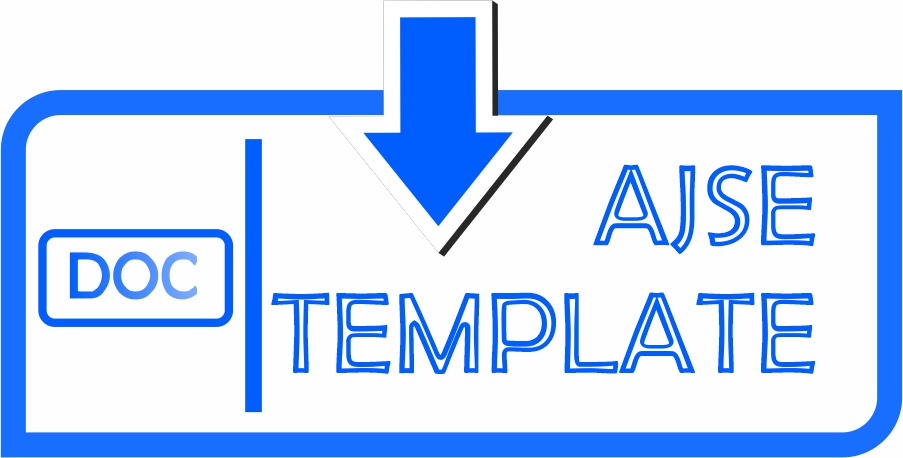COMPARISON OF ABILITY PO4 AND NH3 DECREASE IN HOSPITAL WASTEWATER USING PHYTOREMEDIATION BATCH WITH EICHHORNIA CRASSIPES AND AZOLLA PINATA
AM Lelie Novia W(1*), Wahyu Wilopo(2), Agus Prasetya(3)
(1) Universitas Gadjah Mada
(2) Universitas Gadjah Mada
(3) Universitas Gadjah Mada
(*) Corresponding Author
Abstract
Hospital operations have the potential to produce waste, especially wastewater, which can cause environmental pollution. Therefore it is necessary to control the disposal of liquid waste that is discharged into the environment. It is required to reduce the pollution of wastewater management is excellent and appropriate legislation. Research methodology starts from the data observed laboratory test results for samples of hospital wastewater. From these data, it is known that the levels of phosphate and ammonia still do not meet quality standards following the Decree of the Minister of Environment No. 58 of 1995 regarding effluent standards for hospitals. Further research is limited only focused on decreased levels of phosphate and ammonia in hospital wastewater.
Data research includes a phosphate concentration of outlets as a pilot study. The subsequent wastewater will be divided into seven-bath, three-bath containing wastewater and water hyacinth plants with a density different in each basin ie density of 60 mg/cm2, 90 mg/cm2, and 120 mg/cm2, three baths containing hospital wastewater and Azolla plant density of each tub 60 mg/cm2, 90 mg/cm2, 120 mg/cm2, and the control tanks containing wastewater without a given crop. Based on the results obtained, phosphate levels can meet the fastest quality standards for four days on a tub of hospital wastewater and water hyacinth with a density of 120 mg/cm2 and all of a tub of wastewater hospitals and Azolla. For ammonia takes the fastest four days, this happens in a tub filled with water hospital waste, and water hyacinth with a density of 120 mg/cm2 and the entire tub of wastewater hospitals and Azolla.
Keywords
Full Text:
PDFReferences
A.A.Deshmukh, A. A. D., Bandela, N. N., J.R.Chavan, J. R. C., & Nalawade, D. P. (2011). Studies on Potential Use of Water Hyacinth, Pistia and Azolla for Municipal Waste Water Treatment. Indian Journal of Applied Research, 3, 226–228.
Alamsyah, B. (2007). Pengelolaan Limbah di Rumah Sakit Pupuk Kaltim Bontang Untuk Memenuhi Baku Mutu Lingkungan. Universitas Diponegoro.
Faezipour, M., & Ferreira, S. (2013). Developing a systems thinking perspective of hospital water sustainability. 2013 IEEE International Systems Conference (SysCon), 109–113.
Haberl, R., Perfler, R., & Mayer, H. (1995). Constructed Wetlands in Europe. Water Science and Technology, 32(3), 305–315.
Imron, I., Dermiyati, D., Sriyani, N., Yuwono, S. B., & Suroso, E. (2019). Fitoremediasi dengan Kombinasi Gulma Air untuk Memperbaiki Kualitas Air Limbah Domestik. Jurnal Ilmu Lingkungan, 17(1), 51.
Lakshmi, Refonaa, J., & Vivek, J. (2015). Tracking of bio medical waste using global positioning system. 2015 International Conference on Circuits, Power and Computing Technologies [ICCPCT-2015], 1–5.
Li, Z., Li, M., Li, Y., & Prospere, A. (2009). Experimental Study on Treatmental Efficiency of Wastewater from Small Hospital by Vertical Flow Constructed Wetland. 2009 International Conference on Management and Service Science, 1–4.
Masi, F., Bendoricchio, G., Conte, G., Garuti, G., Innocenti, A., Franco, D., Pietrelli, L., Pineschi, G., Pucci, B., & Romagnolli, F. (2000). Constructed wetlands for wastewater treatment in Italy: State-of-the-art and obtained results. Conference Proceedings of the IWA 7th International Conference on Wetland Systems for Water Pollution Control, Orlando (USA), 979–985.
Nurhayati, E., Hidayat, M., & Saraswati, S. P. (2014). Analysis of phosphate in liquid waste hospital. ASEAN Journal of Systems Engineering, 2(2), 52–54.
Sun, Y., Gu, P., & Wang, K. (2008). Trihalomethane Occurrence in Chlorinated Hospital Wastewater. 2008 2nd International Conference on Bioinformatics and Biomedical Engineering, 3540–3544.
Article Metrics
Refbacks
- There are currently no refbacks.
Copyright (c) 2020 ASEAN Journal of Systems Engineering

This work is licensed under a Creative Commons Attribution-ShareAlike 4.0 International License.
Universitas Gadjah Mada


